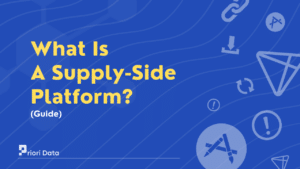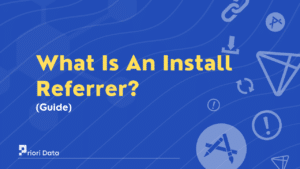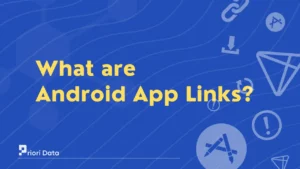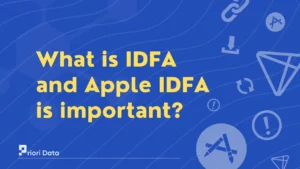Attribution modeling is a marketing strategy that helps advertisers to determine the most effective channels that lead to conversions.
For a higher return on investment (ROI), optimizing marketing resources is necessary.
In simpler terms, it is a way to figure out which marketing efforts are working best. So, that a company can make optimal decisions of budget allocation to their efforts.
Marketers divide their resources and budget to the channels that are driving conversions. A conversion can be a simple sign-up or a download of their app.
Let’s understand the concept of attribution modeling with an example.
A user may first get to know an app through social media marketing ads (Say Facebook). Now, he can visit that website by clicking on the Facebook ad banner or he might watch a video and get to know more about that app.
Finally, if he installs the app through Facebook then it means Facebook is getting conversions and we can attribute more money to the Facebook campaign. The conversions of all marketing channels are calculated and on the basis of that money is attributed to the best marketing channels.
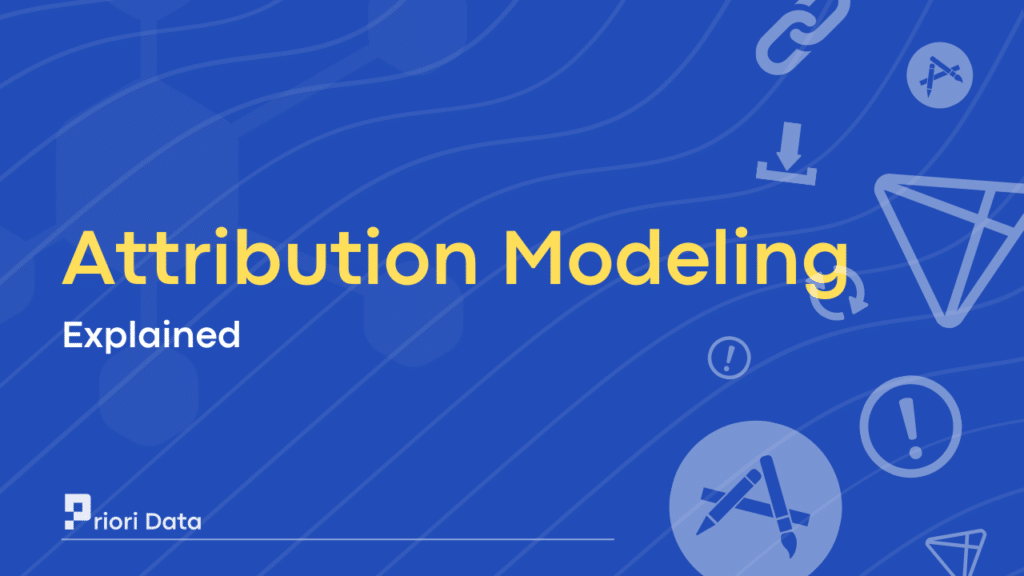
Why do we use attribution modeling?
In the world of digitalization, attribution modeling is very important. As it helps marketers to understand which channels are driving the most conversions.
From this, they can determine the most effective ways to reach their target audience. It helps them to drive app downloads, purchases, and other desired actions.
It can help mobile app companies understand the customer journey. They can identify which touchpoints are driving users to install and engage with the app. We can optimize our strategies for providing a better user experience. That in turn helps in the resulting success of the business.
What are attribution models?
There are various types of attribution models according to the business’s needs.
Companies can use it for analyzing their own strengths and weaknesses. Let’s explore some of the common attribution model types.
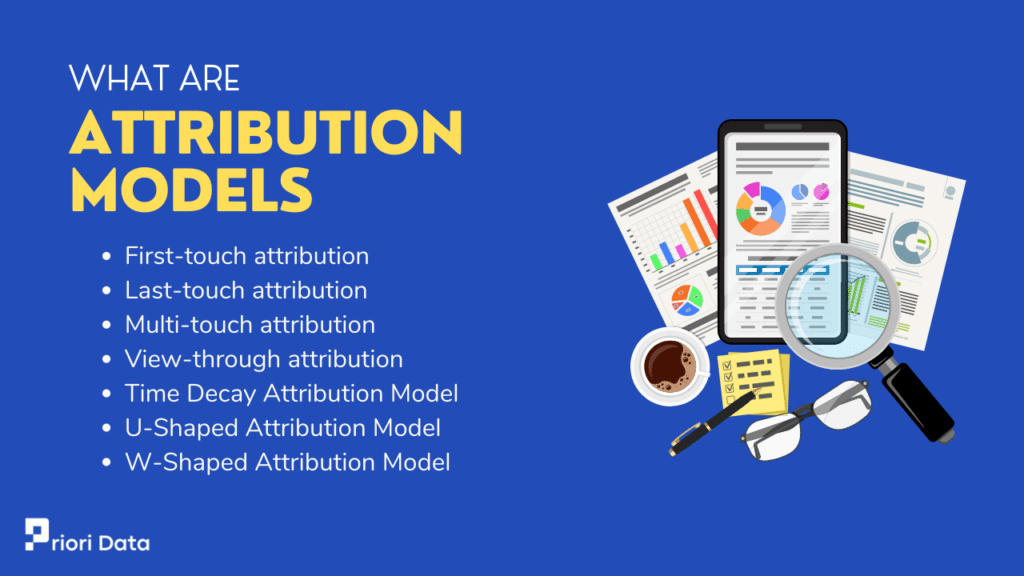
1. First-touch attribution
This model gives 100% credit to the first touchpoint for the interaction with the user. For example, if a customer first learned about a particular ad through a Facebook ad.
If they install an app after visiting the company’s website. So, in this example, Facebook would receive all the credit for the ad.
2. Last-touch attribution
This model gives 100% credit to the last touchpoint for the interaction with the user. For example, if a customer first learned about a particular ad through a Facebook ad.
If they install an app after visiting the company’s website. Here, the company’s website would receive all the credit for the sale. This is the most common attribution model used by marketers.
3. Multi-touch attribution
This model measures the effectiveness of your mobile app marketing campaigns. By identifying which marketing channels or touchpoints led to an install or conversion.
It implies that users may interact with your app many times before making a decision to install it. By this, it assigns credit to each touchpoint that influenced their decision.
For example – Let’s say a user has an interest in a fitness app and if they see an ad on Instagram. They click on the ad and navigate to the app store, but they don’t download the app right away.
But, after that, they see the same ad on Facebook which makes the user download the app. Then both Facebook and Instagram will be assigned credits.
4. View-through attribution
It is a type of mobile app attribution that happens when a user watches an ad but did not click any link on it. In other words, it measures the impact of an ad even if the user didn’t interact with it in a direct way.
View-through attribution can be less accurate than any other attribution. As it relies on tracking data from the ad platform rather than direct user interaction.
5. Time Decay Attribution Model
This model gives more credit to the touchpoints that occur close to conversions. It is based on the idea that closer touchpoints influences the user’s decision.
For example, a customer sees an ad on Monday and clicks on a social media post on Tuesday and finally, bought that on Friday. So, in this case, this model will assign more credit to the touchpoint on Friday than on Monday or Tuesday.
6. U-Shaped Attribution Model
This model assigns more credit to the first touchpoint and the last touchpoint. Considering the first touchpoint to introduce your product to the user.
It assumes the last touchpoint deals with converting them into a customer. For example, if a customer learns about the product through an ad and later sees a post. At last, he purchases that product through a marketing campaign.
This model will assign more credit to the first ad and the last marketing campaign.
7. W-Shaped Attribution Model
This model assigns credit to three key touchpoints: first, middle, and last touchpoints. It assigns more credit to the first and last than the middle touchpoint.
For example, if a customer learns about the product through an ad and later sees a post. At last, he purchases that product through a marketing campaign.
This model will assign more credit to the first ad and the last marketing campaign. As it is a W-shaped model it will assign credit even for the post.
What is the importance of attribution modeling?
Attribution modeling assigns credit to various marketing touchpoints that influence audience decisions. In the context of mobile apps, it is crucial for marketers to understand which channels are driving user engagement and optimizing their strategies.
This helps in allocating the resources and budget according to it. Businesses can identify their gaps and take data-driven decisions to improve performance.
Attribution modeling also helps to track the user journey and to understand it. This allows for identifying bottlenecks or areas for improvement in the user experience. We can take measures to optimize their app’s user acquisition strategy. In other words, attribution modeling is useful to maximize the ROI of their efforts.
FAQs
Ques 1. What is the most popular attribution model?
Ans. The most popular attribution model is last-touch. As it is widely used depending on specific marketing goals.
Ques 2. What are the main benefits of attribution modeling?
Ans. The main benefits are optimizing marketing strategies and improving ROI.
Ques 3. What are the best attribution models?
Ans. There is no “best” attribution model as of now. It depends on the specific goals and characteristics of a business.



